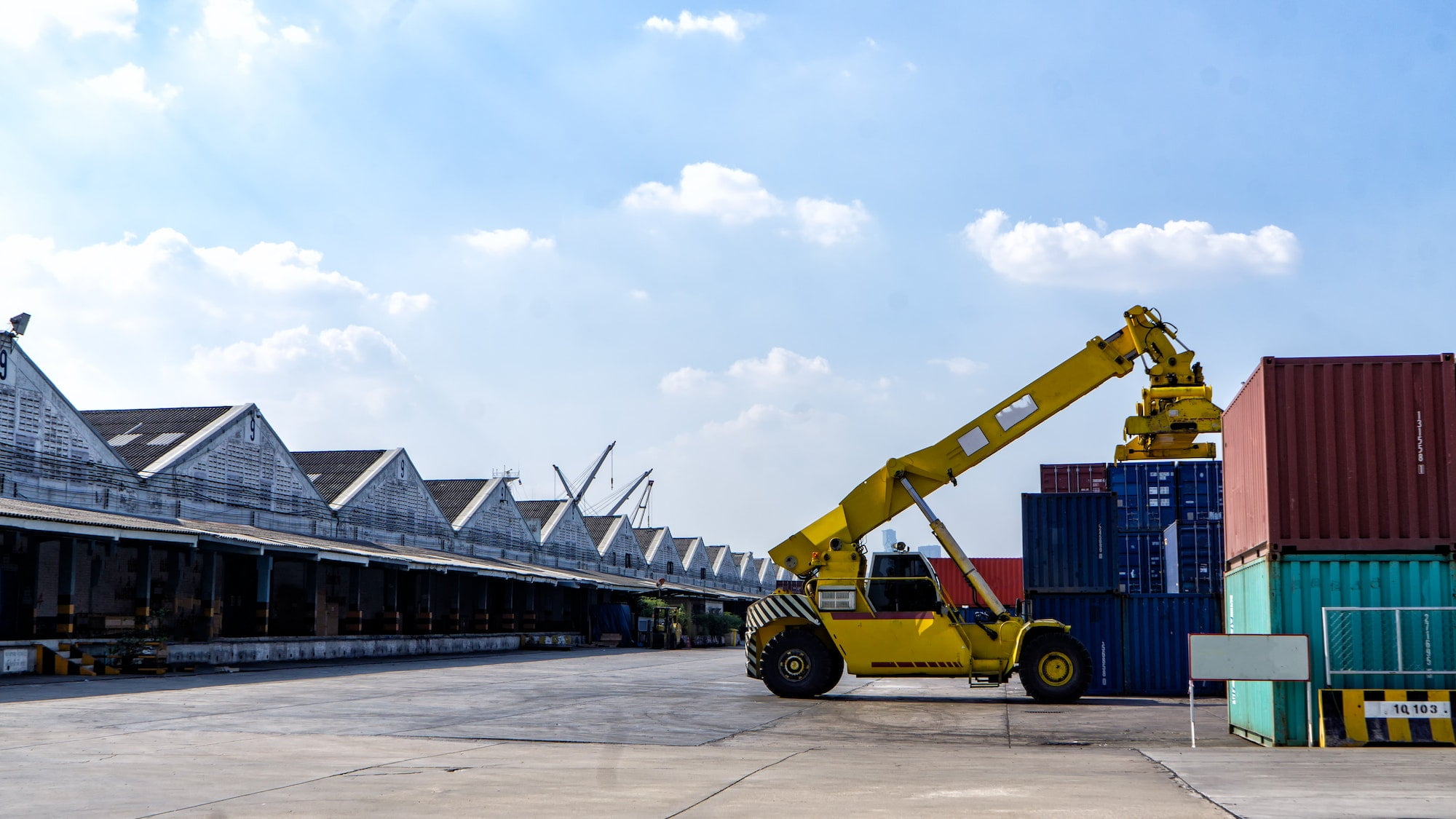Operating a fleet of forklifts is no simple task. Not only must employers ensure that their employees are properly trained and that the equipment is in good working order, but they must also abide by all applicable safety regulations. OSHA, or the Occupational Safety and Health Administration, has established a set of standards for employers to follow to ensure the safety of their workers and the general public. These regulations are vitally important for any business that operates a fleet of forklifts and should not be taken lightly. In this blog post, we’ll take a closer look at the importance of OSHA regulations for forklift fleet management.
What is OSHA?
OSHA is a federal agency under the United States Department of Labor that was created in 1971 to ensure safe and healthful working conditions for workers in the United States. The agency’s mission is to save lives and prevent injuries and illnesses by setting and enforcing standards, providing training, outreach and education, establishing partnerships, and encouraging continual improvement in workplace safety and health.
The organization sets standards for employers to follow in order to protect their workers from potential hazards in their work environment. These standards cover topics such as hazardous materials, fall protection, scaffolding, lockout/tagout procedures, machine guarding, electrical safety, and hazard communication.
OSHA Regulations for Forklift Fleet Management
OSHA has established specific regulations for employers who operate a fleet of forklifts. These regulations are designed to ensure that workers are properly trained in the operation of the equipment and that all safety protocols are followed. Some of these regulations include:
- Employers must provide forklift operators with specific training on how to safely operate the equipment.
- Forklift operators must be certified by a qualified instructor.
- Employers must inspect and maintain forklifts on a regular basis.
- Forklifts must have audible warning devices.
- Forklift operators must wear personal protective equipment (PPE) when operating the equipment.
In addition to these general regulations, there are other specific rules that employers must follow depending on the type of forklift being used. For example, powered industrial trucks powered by internal combustion engines must have an exhaust system that meets OSHA requirements. Likewise, motorized hand trucks used indoors must be equipped with brakes and an emergency stop switch or button that can be operated quickly in an emergency situation.
The Benefits of Adhering to OSHA Regulations
There are many benefits associated with adhering to OSHA regulations when it comes to operating a fleet of forklifts. By following these guidelines, businesses can protect their workers from potential hazards while also minimizing the risk of costly fines or penalties if they fail to comply with government regulations. Additionally, businesses can reduce their liability exposure because they will be able to prove they took steps to protect their employees from possible harm. Finally, businesses can improve their reputation by demonstrating their commitment to safety and compliance with applicable laws and regulations.
Working with H&C Innovations
At H&C Innovations, we understand how important it is for businesses to adhere to OSHA regulations when it comes to operating a fleet of forklifts. We specialize in providing comprehensive solutions for managing fleets including consultation services regarding OSHA compliance as well as customized software solutions tailored specifically for your business needs. Contact us today if you need help managing your forklift fleet or developing custom software solutions!

